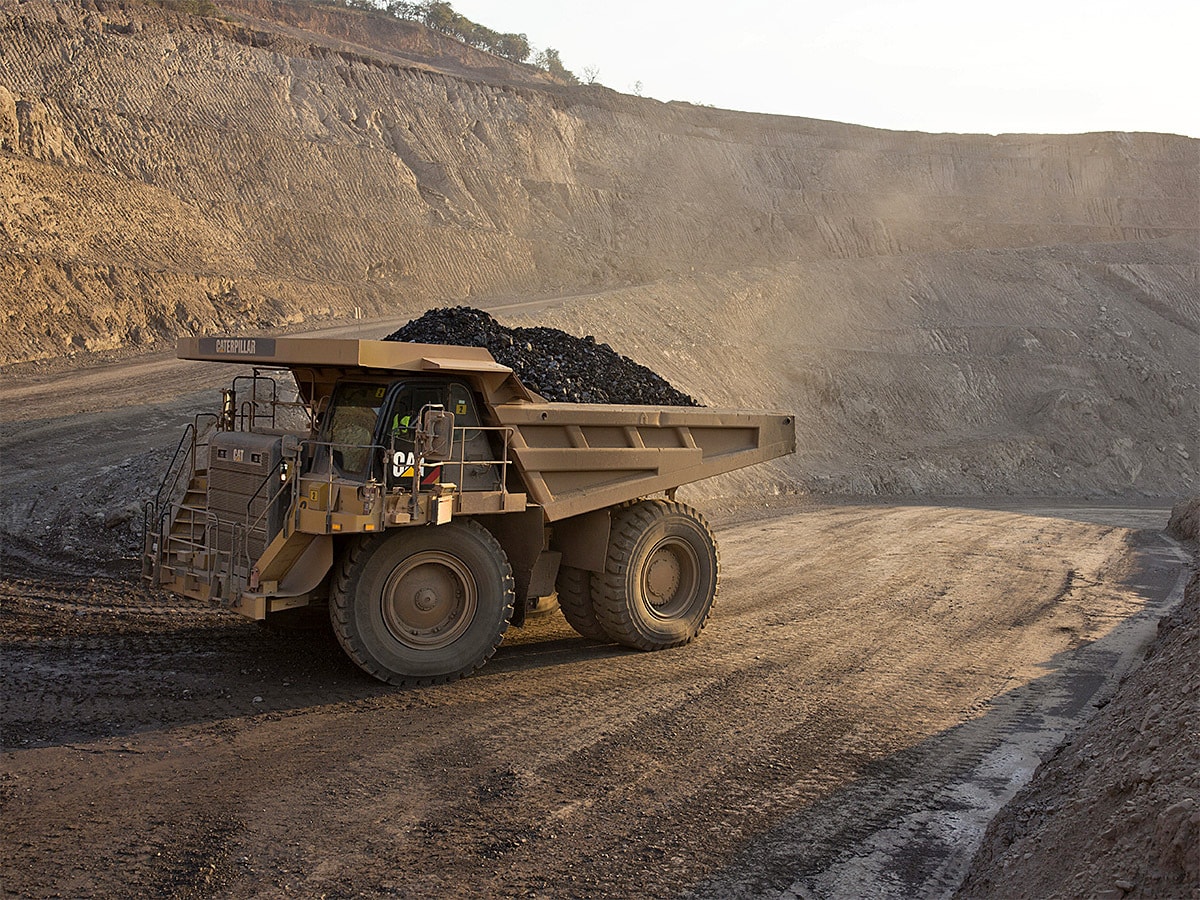With commodity scarcity on the rise, Glencore has seen demand for commodity trading surge so far in 2022. Despite its mixed production results, analysts remain confident that the stock will be able to deliver in the future.
Investors will be focused on Glencore [GLEN.L] on 4 August as the business releases its half-year results. As one of the world’s largest commodity traders, the group is on track for a record 2022, as the first six months of the year have seen its revenues surge.
While the Russia-Ukraine war has caused global market volatility, the conflict has also amplified demand for Glencore’s products as the knock-on effect has pushed up commodity prices such as oil and gas.
As of 1 August, the Glencore share price is up 18.8% year-to-date. With the last 12 months seeing the stock return 40.9% to shareholders, many will be hoping for a continuation of this momentum following its earnings release.
Glencore posts mixed H1 performance
Last year was a strong year for Glencore. Coming off the back of the coronavirus pandemic, the business saw net profit rise to $5bn — a major improvement from the near $2bn loss seen the year prior. It also managed to trim down its net debt to $6bn in 2021, as underlying cash profits grew 84%.
The business updated investors on 29 July with a half-year production report. For the six months ending 30 June, copper production fell by 15% year-on-year to 510,200 tonnes, stemming largely from the ‘geotechnical constraints at Katanga’, and the sale of Ernest Henry in January of this year.
While production in four further commodities also declined, these falls were partially offset by increased performances in cobalt, nickel and oil. As a result, Glencore reaffirmed its full-year production guidance, minus a 5% reduction for copper, along with a pending final assessment of the impacts on coal volumes from the recently flooded New South Wales site.
Talking about the performance, CEO Gary Nagle alluded to a strong financial performance “on account of buoyant energy markets.” Nagle was also keen to highlight that the group’s “net working capital has significantly increased during the period, in line with materially higher oil, gas and coal prices, and their elevated market volatilities.” The Glencore share price spiked nearly 5% on 29 July off the back of the news.
Streamlined operations could provide boost
With its strong performance last year driving down debt, the group has commenced a $4bn programme of shareholder returns. Majority of shareholder returns are coming in the form of dividends, but the programme also includes a $550m buyback scheme.
Glencore has also streamlined its operations, as last month it was announced it had sold its 6.3% stake in Yancoal Australia [YAL.AX]. In a statement the company said, “we do not consider the shareholding to be a core asset for our business,” as shareholders recently rejected a takeover mount from Yankuang Energy [1171.HK].
From a long-term perspective, Glencore’s success will be boosted by the transition to a decarbonised world. A drive towards electric vehicle manufacturing, renewable power production and storage relies heavily on the commodities produced by the firm.
However, in the near term, the business may face headwinds from China as the country continues to struggle in its battle with rising Covid-19 cases. As one of the world’s largest commodity consumers, a slowdown in usage from the superpower could have negative connotations for Glencore.
Analysts see strong future for the group
Despite this concern, the long-term outlook for Glencore is a strong one as analysts expect the stock to rise in the future. According to the Financial Times, 18 analysts offering 12-month price targets for the stock have a median target of 600p, with highs of 729.80p. Of the 21 offering ratings, four place a ‘buy’ recommendation on the stock, while the majority deem Glencore to ‘outperform’.
Elsewhere, analysts at RBC have set a 550p price target for the stock, representing a 19.3% upside from its 1 August close, while Morgan Stanley also has a 740p target — a major rise from its closing price of 460.70p on 1 August.
Disclaimer Past performance is not a reliable indicator of future results.
CMC Markets is an execution-only service provider. The material (whether or not it states any opinions) is for general information purposes only, and does not take into account your personal circumstances or objectives. Nothing in this material is (or should be considered to be) financial, investment or other advice on which reliance should be placed. No opinion given in the material constitutes a recommendation by CMC Markets or the author that any particular investment, security, transaction or investment strategy is suitable for any specific person.
The material has not been prepared in accordance with legal requirements designed to promote the independence of investment research. Although we are not specifically prevented from dealing before providing this material, we do not seek to take advantage of the material prior to its dissemination.
CMC Markets does not endorse or offer opinion on the trading strategies used by the author. Their trading strategies do not guarantee any return and CMC Markets shall not be held responsible for any loss that you may incur, either directly or indirectly, arising from any investment based on any information contained herein.
*Tax treatment depends on individual circumstances and can change or may differ in a jurisdiction other than the UK.
Continue reading for FREE
- Includes free newsletter updates, unsubscribe anytime. Privacy policy





